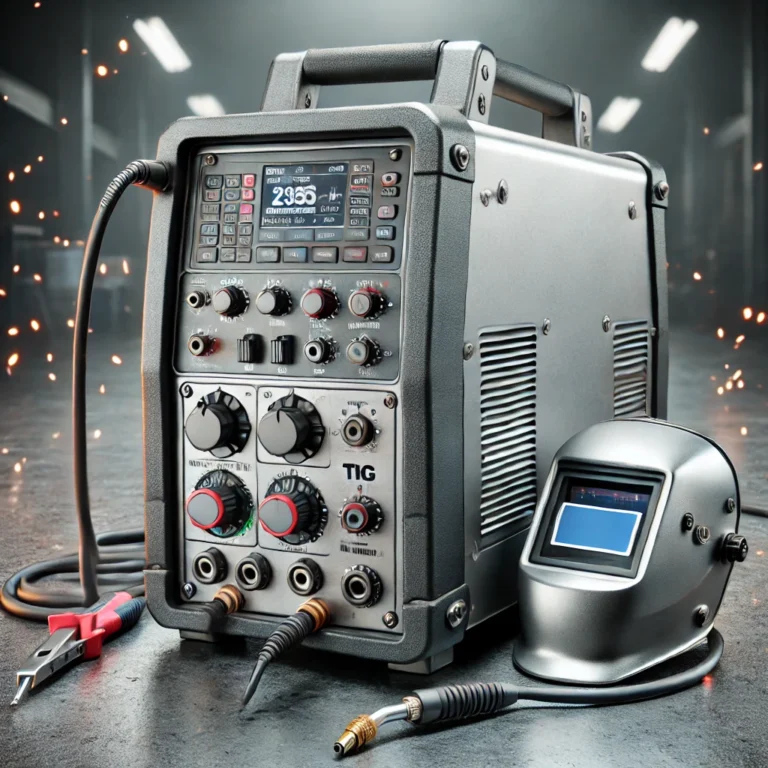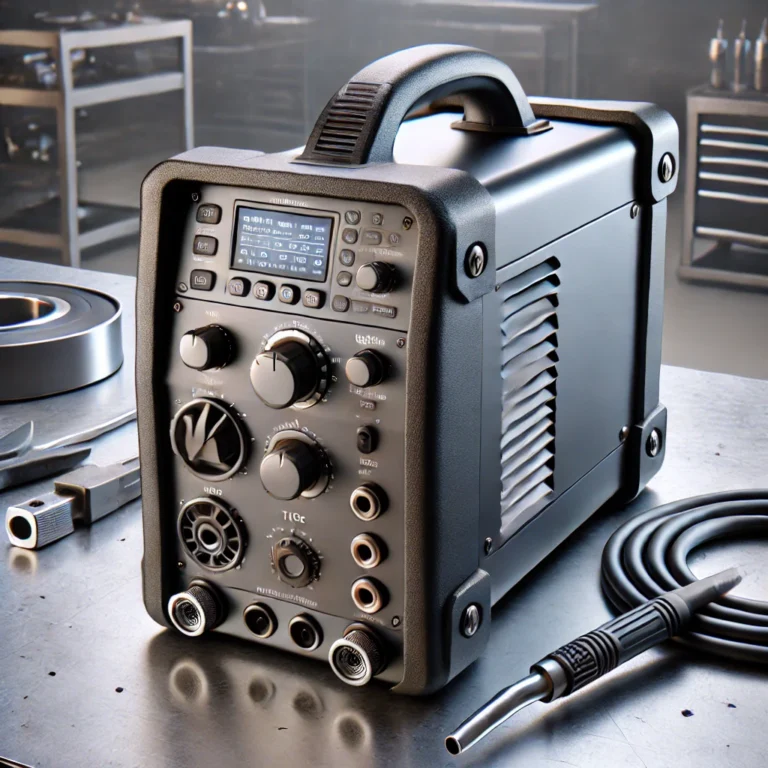Lincoln 140 MIG Welder Review: Reliable Performance for Home and Professional Use

Choosing the right welder can make all the difference between a frustrating project and a smooth, professional finish. The Lincoln Electric SP-140T MIG Welder (K5261-1) stands out as a versatile and reliable option for both beginners and experienced welders. In this review, we’ll break down its key features and performance and explain why it’s a top choice for your welding needs.
Key Features of the Lincoln Electric SP-140T MIG Welder
The Lincoln SP-140T is a 120V MIG welder designed to handle light to medium-duty welding tasks with ease. Its standout features include:
- Output Power: Delivers up to 140 amps, making it suitable for welding materials from thin sheet metal to 3/16-inch steel in a single pass.
- Wire Feed Speed Control: Offers precise control over wire feeding, improving arc performance and minimizing spatter.
- Dual Welding Capability: Supports both MIG (with gas) and Flux-Cored welding (gasless), giving you flexibility for various projects.
- Simple Setup: The intuitive interface and clear instructions make it an excellent option for those new to welding.
- Sturdy Build: The durable metal casing ensures the machine can withstand job site conditions.
Performance and Usability
The Lincoln SP-140T shines in both precision and power. Thanks to its continuous voltage control, users can fine-tune the arc to match different material thicknesses. This feature is especially helpful for those working on thin materials like automotive body panels or household repairs.
In practical use, the SP-140T’s smooth wire feed system eliminates common feeding issues, resulting in cleaner welds and reduced downtime. The welder’s lightweight design and ergonomic handle make it easy to transport, whether you’re moving between your workshop and job sites.
Pros and Cons
Pros
- User-friendly controls ideal for beginners
- Excellent arc stability for clean, consistent welds
- Dual-process capability for added versatility
- Reliable performance on mild steel, stainless steel, and aluminum (with optional spool gun)
- Compact and portable design
Cons
- Limited to 120V power, making it unsuitable for heavy-duty industrial welding
- Maximum welding thickness may not be sufficient for thicker structural materials
- Requires a spool gun for optimal aluminum welding performance
Who Should Buy the Lincoln SP-140T?
The Lincoln SP-140T is perfect for:
- DIY enthusiasts working on home repairs or automotive projects
- Beginner welders looking for a machine that’s easy to learn
- Small shop owners who need a portable yet powerful MIG welder for light-duty fabrication tasks
While professionals may prefer higher-powered machines for heavy-duty work, the SP-140T’s versatility and consistent performance make it a fantastic investment for most welding tasks.
Conclusion
If you’re searching for a welder that combines precision, power, and ease of use, the Lincoln Electric SP-140T MIG Welder is an excellent choice. Its user-friendly design, clean weld results, and reliable performance make it a standout option for hobbyists, beginners, and small shop owners alike.






